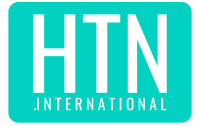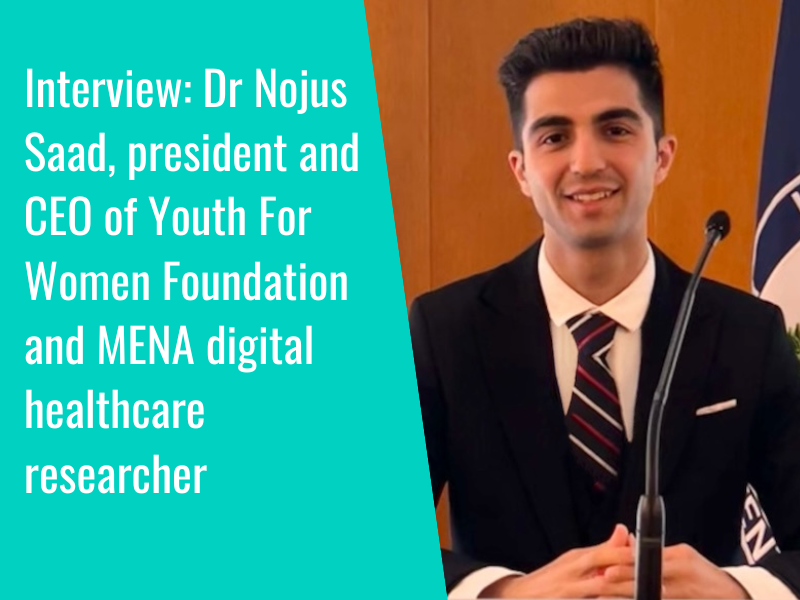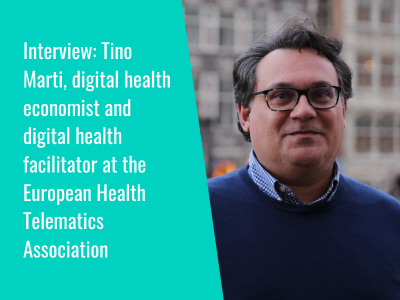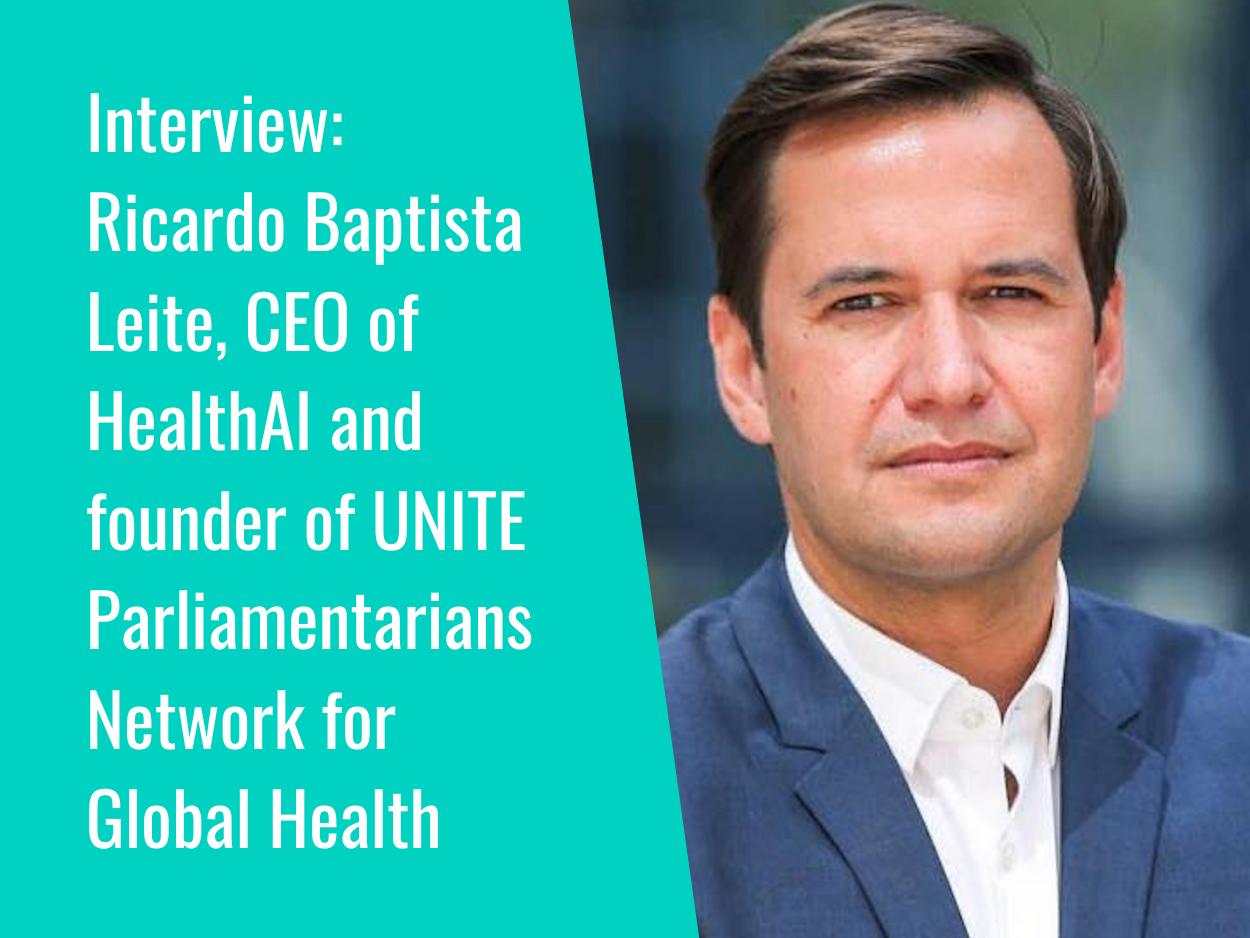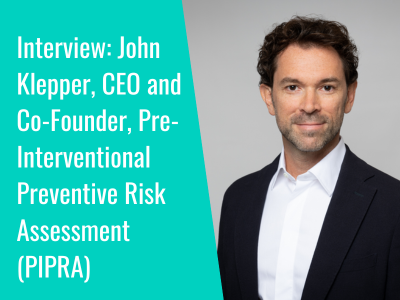We’ve taken a look at the German Federal Ministry of Health’s ‘Digital Together’ digitalisation strategy for health and care, outlining its aims, “strategic fields of action”, transformation approach and regulatory framework.
The strategy outlines “core components” as follows:
- “Further development of the telematics infrastructure (TI) and especially the electronic
patient record (ePA) to create an individual healthcare platform for insurance holders. To enable the “ePA for all”, an opt-out principle is being introduced. This means that unless they object, all insurance holders will receive an ePA.” - “Digital transformation and urgently needed relief of long-term care and nursing staff is being stepped up. For this purpose, a Competence Centre for Digitalisation and Care will be set up and nation-wide establishment of digitally-assisted, interoperable care documentation accelerated.”
- “Telemedicine will be expanded to enable low-threshold access to healthcare. For this purpose, specialist-assisted telemedicine services will be introduced which can be taken up, for example, in pharmacies and health kiosk (Gesundheitskioske). In addition, the existing 30 percent restriction on telemedicine services for physicians and general practitioners will be lifted.”
- “Focus will be placed on digital transformation of healthcare processes rather than on simple digitalisation of documents. As part of this process, indication-related, digitally assisted and digitalised disease management programmes (dDMPs) will be established. In addition, information will be shared via secure digital communication channels using the TI.”
- Gematik GmbH will be transformed into a digital health agency which prioritises user orientation: The digital health agency will be responsible for digitalisation of end-to-end processes and charged with drawing up comprehensive interoperability requirements. Positive user experience with TI applications will be a prerequisite for the approval of such applications. In addition, the agency’s autonomy will be strengthened by reorganising the governance structure.”
- “The research data landscape will be underpinned with healthcare data – the linkage of existing data silos will be enabled by successive introduction of a research pseudonym. This opens the door to all kinds of research for the benefit of both patients and the common good.”
To read the strategy in full, please click here.
Also on strategy, the US Department of Health and Human Services (HHS) has published a concept paper detailing its cybersecurity strategy for the healthcare sector, outlining improvements including health sector-specific cybersecurity goals, the incentivising of cybersecurity practices, greater enforcement and accountability, and the expansion of HSS’s “one-stop shop” for cybersecurity support.
Explore HTN Interviews
- 1
- 2
